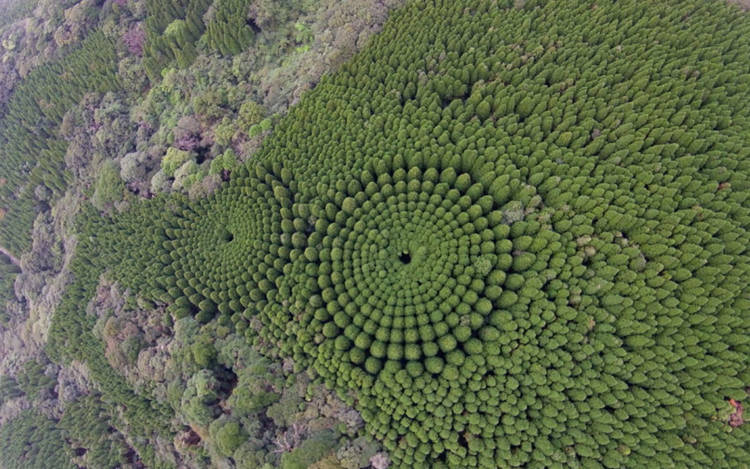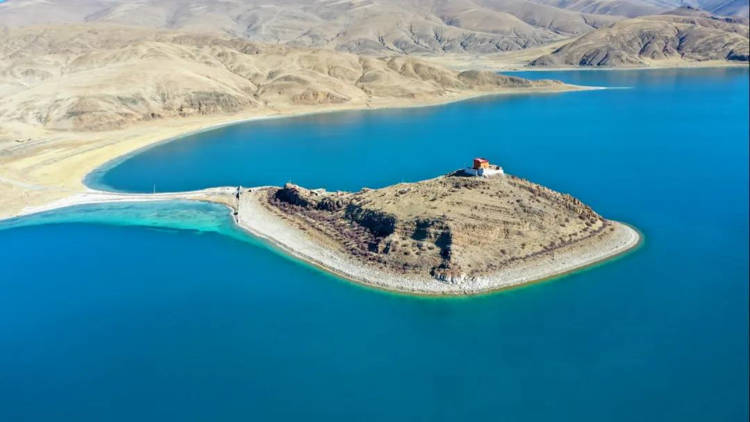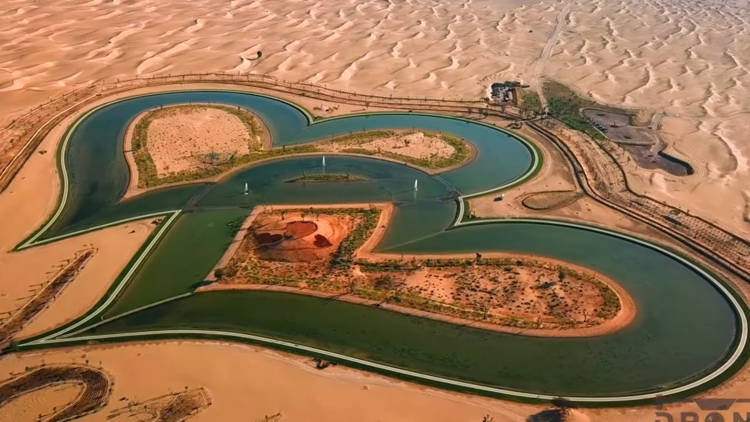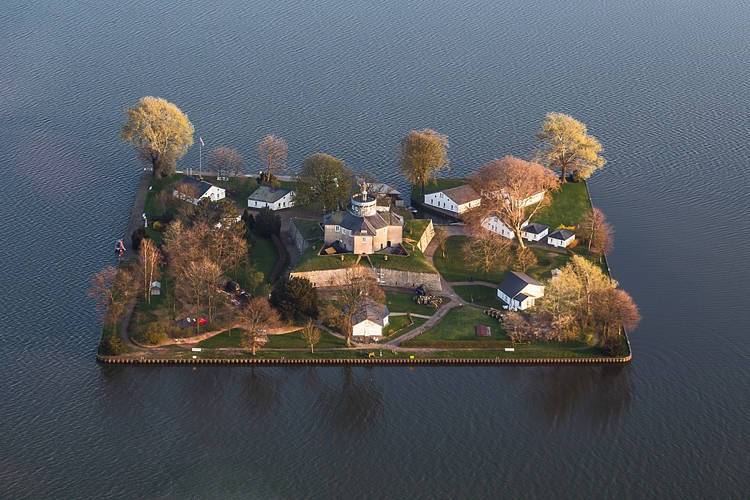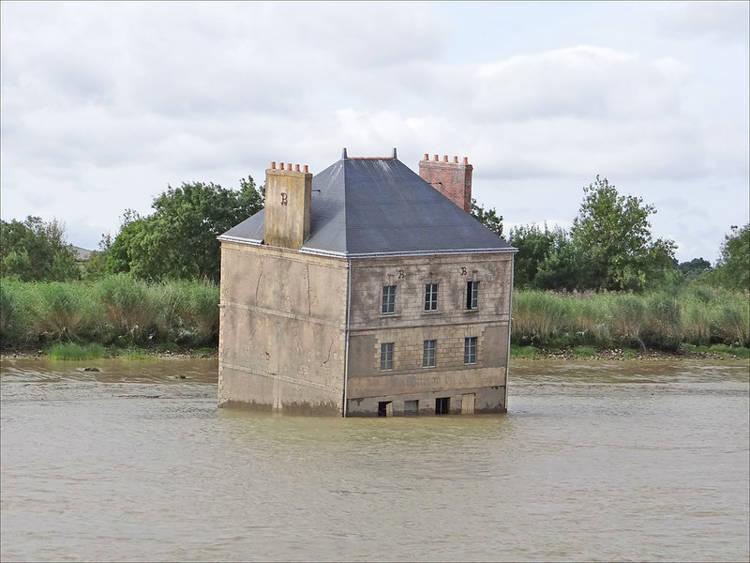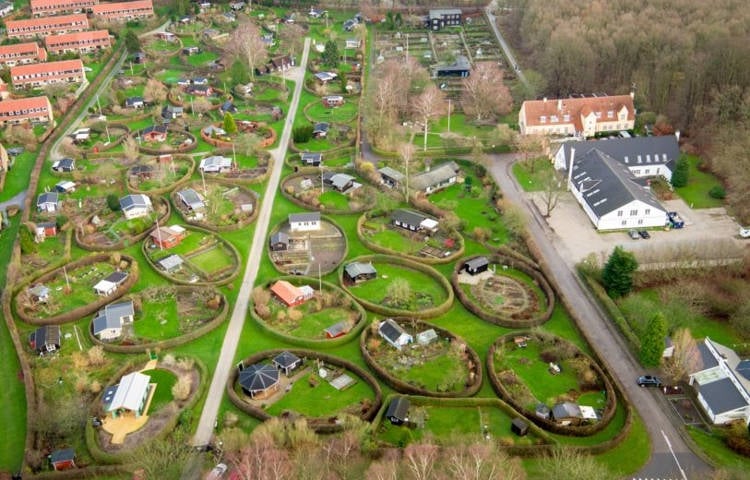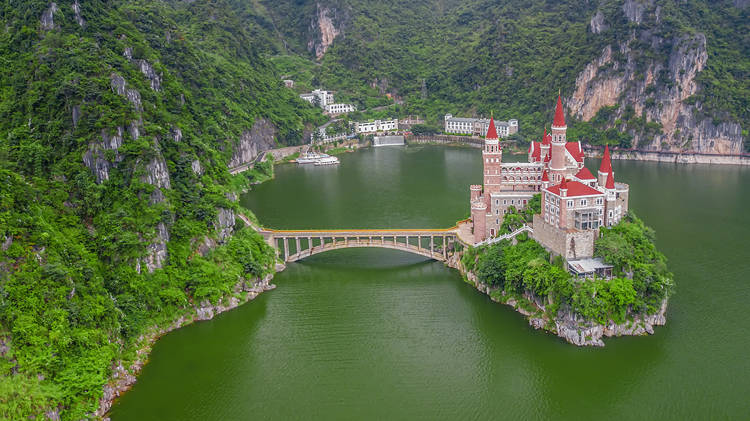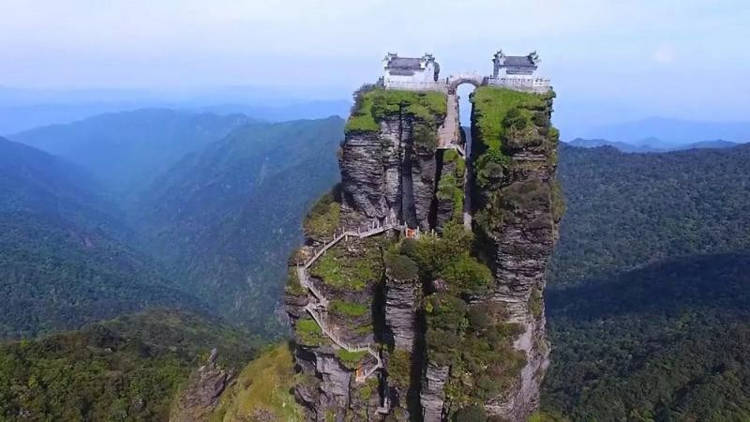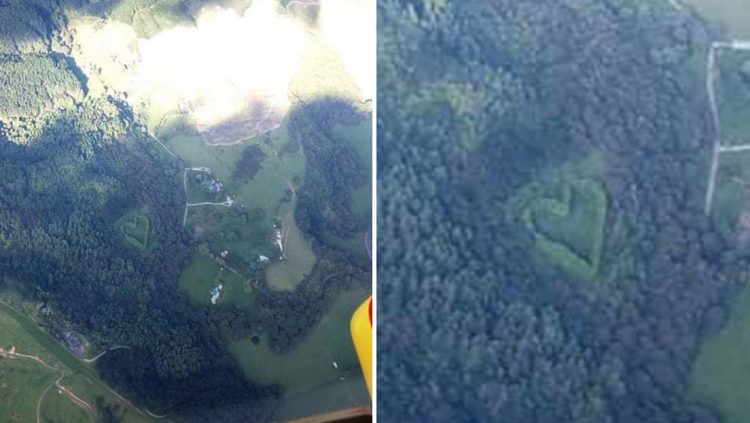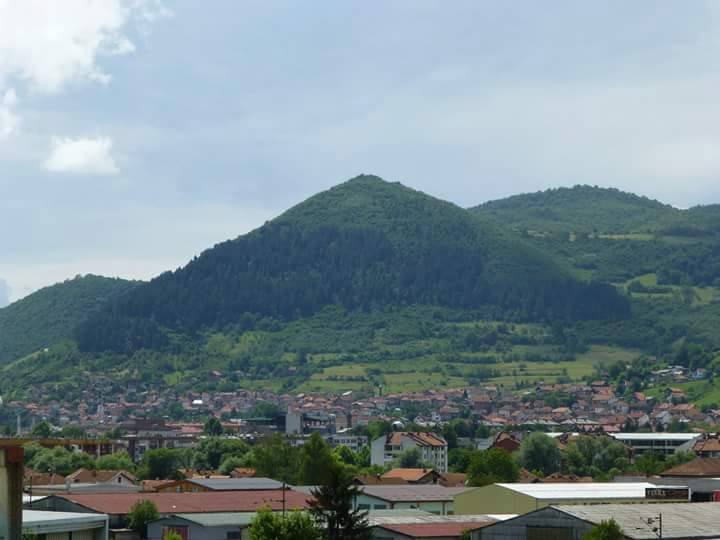McGuire’s Irish Pub is a popular restaurant and local landmark in Pensacola, Florida, famous for having an estimated two million dollars in cash hanging from the ceiling.
The history of McGuire’s Irish Pub’s unique decoration can be traced back to 1977, when Martin McGuire and his wife, Molly opened the opened the business. He tended the bar while Molly waited tables, and when she made her first $1 tip, she celebrated by writing the date on it and tacking it to the back bar for good luck. Little did she know that this was the start of a longstanding tradition that is still being respected by patrons of the pub. The very next day after that first bill was tacked to the bar, people started adding to the collection, and they’ve been doing it ever since.



